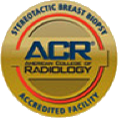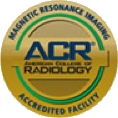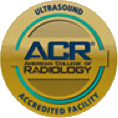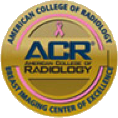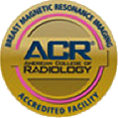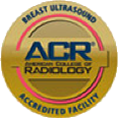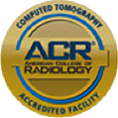The term stroke, or cerebrovascular accident (CVA), is a broad term generally indicating a sudden neurologic deterioration secondary to one of two causes:
An ischemic stroke occurs when there is interruption of the blood supply to any part of the brain. If blood flow is blocked for longer than a few seconds, the brain does not get enough oxygen, which causes brain cells to die. To learn more about ischemic stroke click here
A hemorrhagic stroke has a number of different causes including uncontrolled hypertension (high blood pressure), aging blood vessels, trauma, ruptured aneurysms, ruptured AVMs and ruptured AVFs. To learn more about hemorrhagic stroke click here
All patients should know the warning signs of a stroke click here
As of 2015, the mainstay of treatment for moderate to severe acute ischemic stroke caused by a blood clot in the brain involves administration of a clot dissolving drug called tPA (tissue plasminogen activator) through the veins plus emergent removal of the clot (endovascular therapy for stroke) from inside the artery. Not all patients are candidates for these therapies. The earlier that patients with stroke come to the ER, the better the chance of a meaningful recovery. Patients who come to the ER late and who already have a large area of dead brain tissue are not good candidates for the above therapies. In addition, patients with very mild or rapidly improving stroke may not be good candidates for mechanical clot retrieval. The interventional and neurointerventional radiologists at X ray Medical Group are on-call 24/7 at Sharp Grossmont Hospital to perform these emergent procedures.
In the setting of acute ischemic stroke, the earlier that the clogged artery in the brain can be opened, the better the outcome.
Emergent stent placement in the blocked artery enables entrapment of the thrombus (clot) between the stent and the vessel wall thereby restoring blood flow. (A stent is a tubular piece of mesh that can be placed inside of a blood vessel to keep the blood vessel open).
“Stent retrievers”, or stentrievers, are the latest endovascular devices for stroke. Essentially, a stentriever is a stent that can be deployed for several minutes, capturing the blood clot, and then removed from the body. These new devices are particularly advantageous because the retrievable stent can be used in small brain blood vessel branches, and because the stent is not deployed permanently and so does the patient does not require long term anticoagulation.
Three recent articles from the New England Journal of Medicine prove that mechanically removing clots from the brain in acute stroke improves patient outcomes.
Goyal et al. Randomized assessment of rapid endovascular treatment of ischemic stroke. N Engl J Med. 2015 Mar 12;372(11):1019-30
Berkhemer, OA. Et al. A randomized trial of intraarterial treatment for acute ischemic stroke. N Engl J Med. 2015 Jan 1;372(1):11-20.
Campbell, BC et al. Endovascular therapy for ischemic stroke with perfusion-imaging selection. N Engl J Med. 2015 Mar 12;372(11):1009-18


